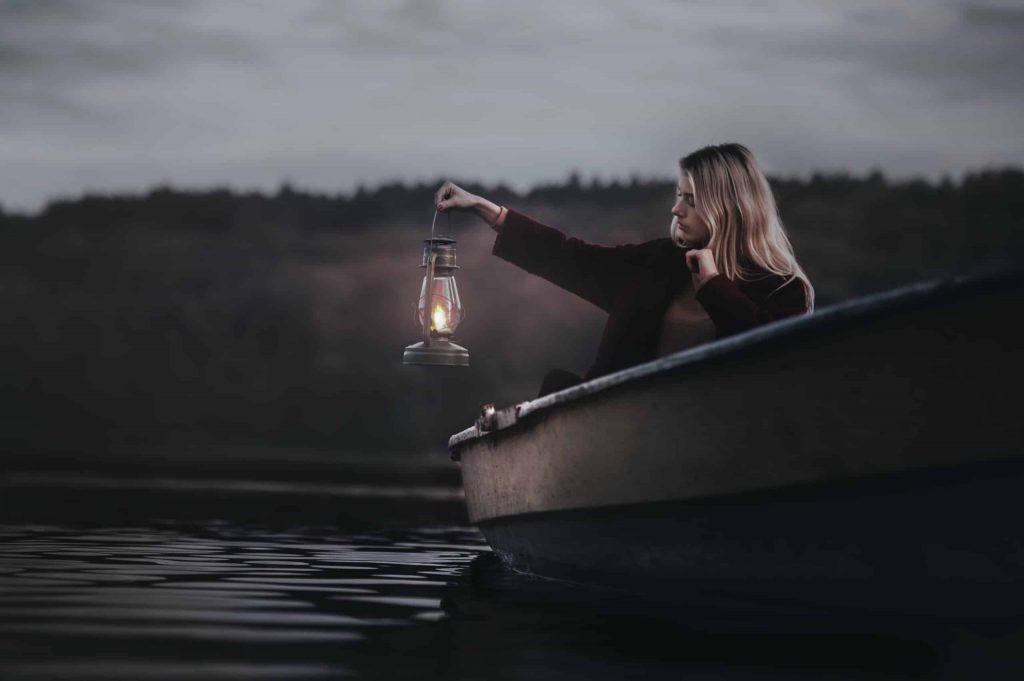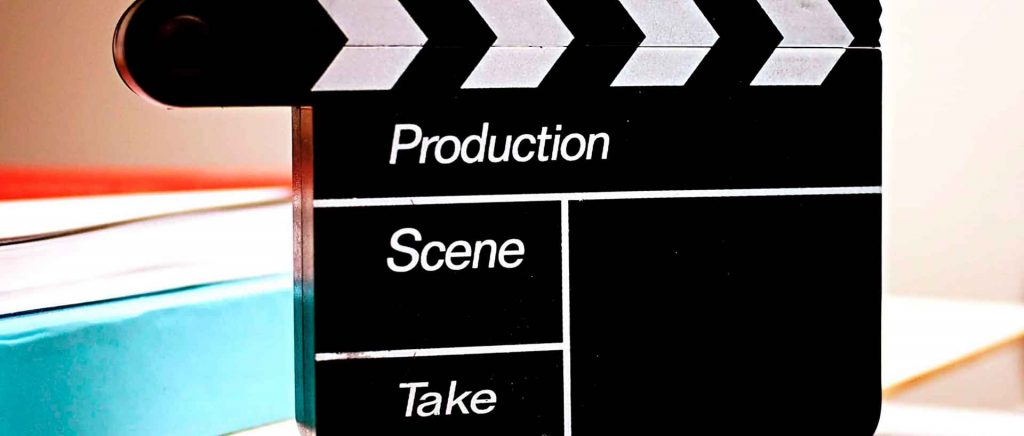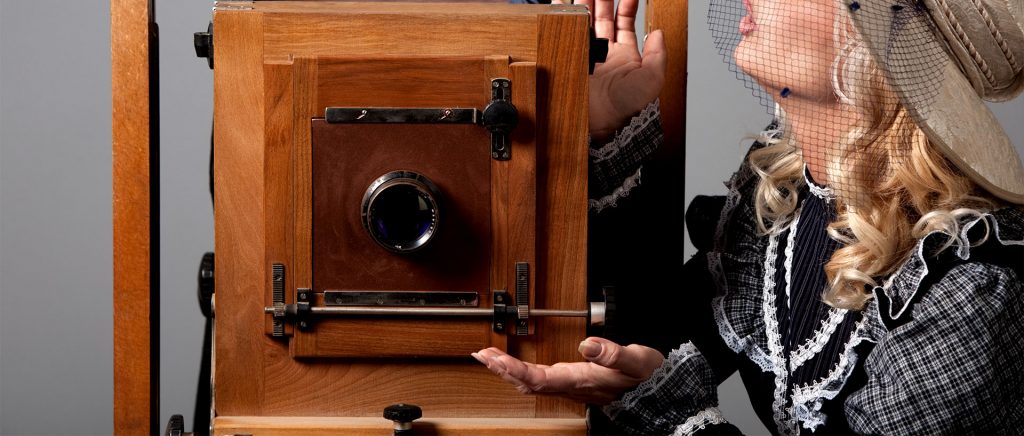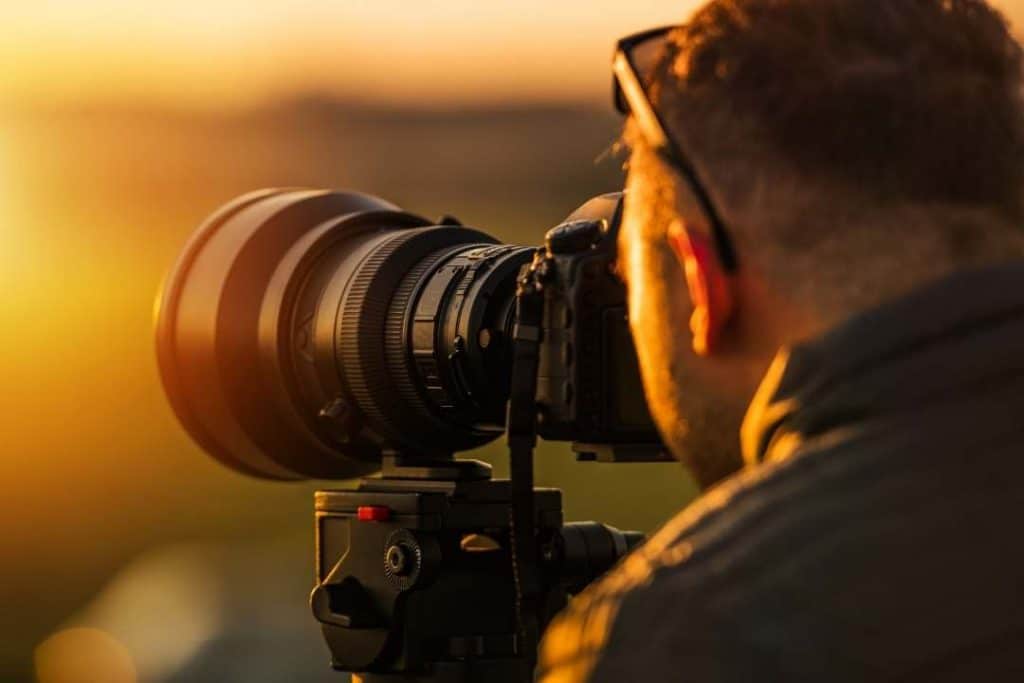What is fine art photography? This question has been generating debate for many years.
Some people believe that any type of photography should be considered art, while others believe that there are specific elements that must be present to classify a photo as art.
In this blog entry, we explore the definition of fine art photography, as well as some famous examples from history.
We will also talk about different techniques and materials used in fine art photography, and we will provide you with everything you need to know to be able to do it yourself.
History of Fine Art Photography
Fine art photography came to prominence in the early 19th century with the appearance of daguerreotypes, when artists began to use photography to create works of art.
This new art was very popular, so it quickly became very refined. By the middle of the 19th century, fine art photography was already well established as an art form.
Fine art photography used to refer to photographs created to be exhibited in galleries or museums. These were usually made with a high level of technical skill and were extremely complex compositions.
Today, fine art photography is more popular than ever. Thanks to digital technology, anyone can create fine art photographs. Whether you take photos of nature, urban landscapes, or portraits, it is very likely that your work can be classified as fine art photography.
Photographers who have made a significant contribution to the genre
Some of the most prominent fine art photographers are Ansel Adams, Edward Weston, Alfred Stieglitz, Annie Leibovitz, Henri Cartier-Bresson, and Gordon Parks.
These photographers are often considered masters of the medium, as their work has been very influential in the stream of fine art photography.
Adams helped define photography as art and establish it as a legitimate form of artistic expression. His black-and-white landscape photographs are some of the most iconic images in American history. Weston is known for his nudes and still lifes, Stieglitz for his portraits, and so on.
Although there are many more beyond these six photographers and each of them has a different style, they all share a common goal: to create images that are beautiful or thought-provoking.
What makes a photo artistic?
When most people think of photography, they think of the typical snapshots: quickly taken images with a mobile phone that don’t allow for much reflection.
(Note: Good photos can be taken with a mobile phone, it’s just that most people who don’t dedicate themselves to photography don’t know how to do it).
However, fine art photography is a completely different genre. Fine art photography is an art form that uses the professional camera and photographic techniques as its main tools.
Some people argue that all photography is art, regardless of the subject. However, as we were saying, we should exclude snapshots or family photos. Or we would be belittling the work of professional photographers who have invested a great deal of time and money in creating the most artistic photos possible.
Thus, in fine art photography, the artist spends time and effort to create a work of art, rather than taking a simple snapshot.
The resulting photograph can be beautiful, emotional, suggestive, or any other adjective, but it is intended to be appreciated as an image that stands on its own artistic merits, independent of the subject photographed.
Fine art photography can encompass almost any type of photography imaginable, and there are no definitive rules for what constitutes “art” in this genre.
In this way, we could say that fine art photography is an art form that uses photography as its medium.
Although any photo can be an art, and therefore, we could include all photographs (yes, excluding “snapshots”) as “subcategories” within fine art photography, it is usually distinguished from other types of photography, such as documentary or portrait, by its intention.
Fine art photography is not only the purpose of conveying a message or telling a story, but an expression of the artist’s creative vision.
Basically, fine art photography is an art because photographers approach it as such, and their photos usually tell a story, evoke a feeling, or capture a moment in time.
Therefore, it can be any type of photography that is taken with the intention of being a work of art. This could include photos of landscapes, portraits, products, or anything else you can think of.
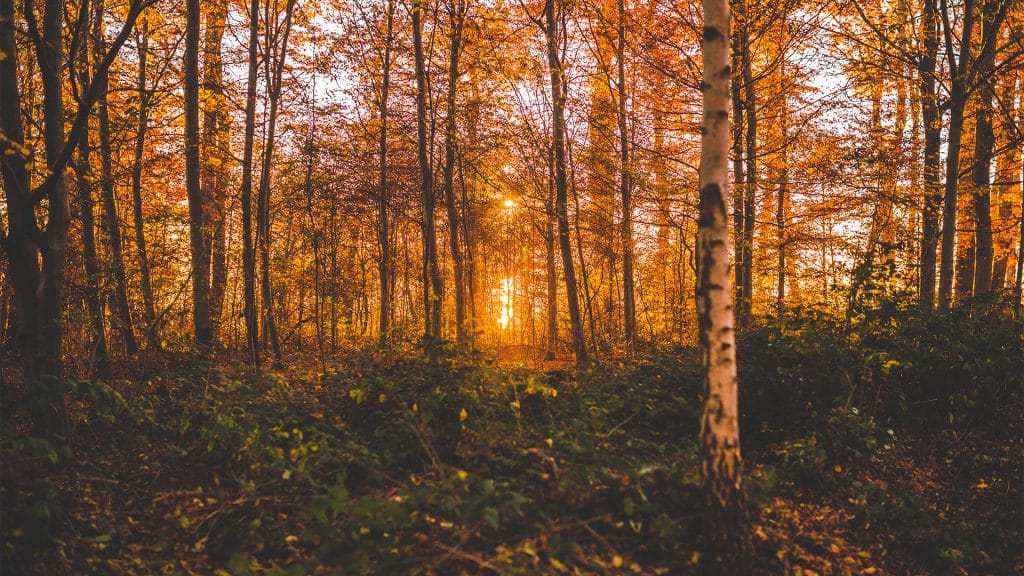
How to Do Fine Art Photography
If you’re interested in taking photographs that are considered art, there are a few things to keep in mind.
First, artistic photography should be visually appealing. That is, your images should tell a story or evoke an emotion in the viewer.
Moreover, fine art photographs should be well composed and the more technically perfect, the better.
Lastly, don’t be afraid to experiment: the best photographers are always pushing the boundaries of what’s possible.
So, go out and start creating beautiful fine art photographs. Who knows, you might become the next Ansel Adams.
Elements of Artistic Photography
Fine art photography is not limited by the rules of traditional photography. Fine art photographers often experiment with new techniques and technologies to create and express their ideas and feelings.
They use alternative printing processes, manipulate their images in post-production, and even build custom cameras to achieve the results they desire.
One of the great advantages of fine art photography is that it can be whatever you want. There are no limits in terms of subject, composition, or technique to use.
However, to create a good photograph, you need to understand the basic principles of photography, which include exposure, aperture, and shutter speed.
Exposure is how light affects the photograph. Aperture is the size of the lens opening that allows light into the camera. Shutter speed is the time the shutter remains open to allow light into the camera.
By understanding these principles, photographers can control the look of their photographs.
And, on the other hand, three basic elements or techniques you should know before you delve into experimenting and testing for yourself: Composition, lighting, and post-production.
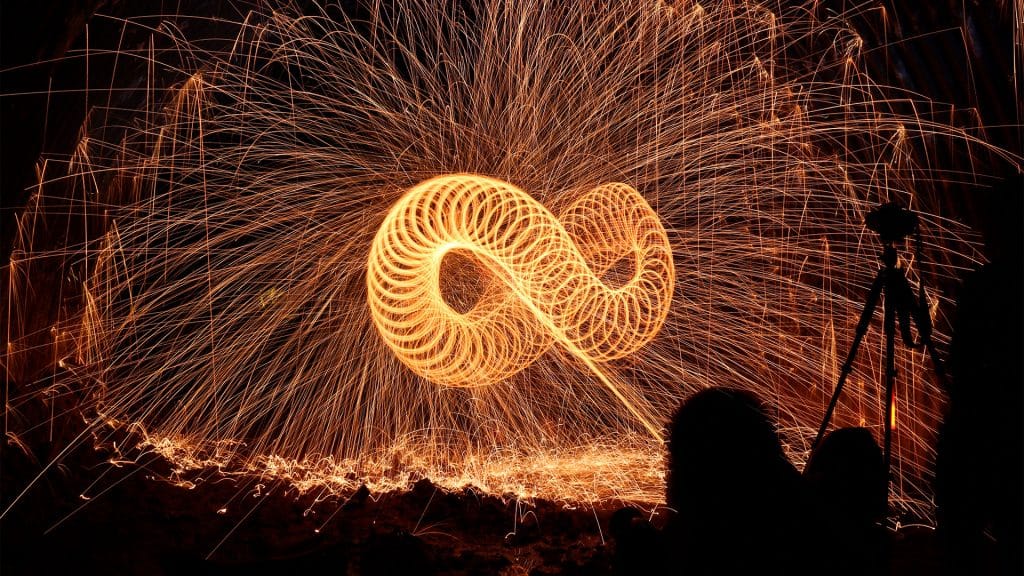
Composition
One of the main techniques used in fine art photography is composition. Composition is the arrangement of elements within a photograph and can be used to create a variety of effects.
In artistic photography, composition is often used to create a sense of depth and mood, as well as to convey the artist’s meaning.
How to compose a fine art photograph?
When composing an artistic photograph, first, you must consider the meaning or the message you want to communicate.
From there, you can start experimenting with different elements to create an effective and visually appealing photograph.
Some basic tips for composing fine art photographs are:
- Find a strong focal point and use leading lines to draw the viewer’s gaze towards it.
- Experiment with angles, perspective, and symmetry or asymmetry.
- Incorporate foreground and background interest.
- Use shadows to create depth and interest in your photos.
- Use negative space to create balance and visual interest.
Negative Space
Negative space is the part of an image that is not occupied by the main subject. It can be used to great effect in fine art photography to create a sense of depth, tension, or dynamism in an image.
The use of negative space can also serve to simplify an image and create a more calming effect.
Lighting
Another important element of fine art photography is lighting. It can be used to create a wide variety of effects and is controlled in several ways.
In fine art photography, light is often used to create contrast, highlight details, and convey a sense of atmosphere.
How to easily light?
Lighting is everything in photography. It can make or break an image. The best way to learn about light is to experiment and play with it. In fine art photography, you can be very creative with light. Here are some tips to get you started:
- Use natural light whenever possible. It’s the most beautiful and natural light source there is.
- When photographing indoors, use window light whenever possible. It creates beautiful soft light that is perfect for portraits and other types of shots.
- If you need to use artificial light, try using lamps or other soft sources instead of harsh fluorescent lights.
- Experiment with different types of filters and reflectors to manipulate light.
If you want to learn to use light more professionally, we recommend you read the article on how to illuminate like a director of photography.
Post-production in Fine Art Photography
Lastly, fine art photography often uses post-production software, whether it’s programs to edit videos or photos.
The aim is to create unique and interesting images. These can be manipulated in various ways, including the use of filters, digital lighting, and special effects.
Photo retouching or editing is essential for fine art photography, and there are many different techniques that can be used to achieve the desired effect.
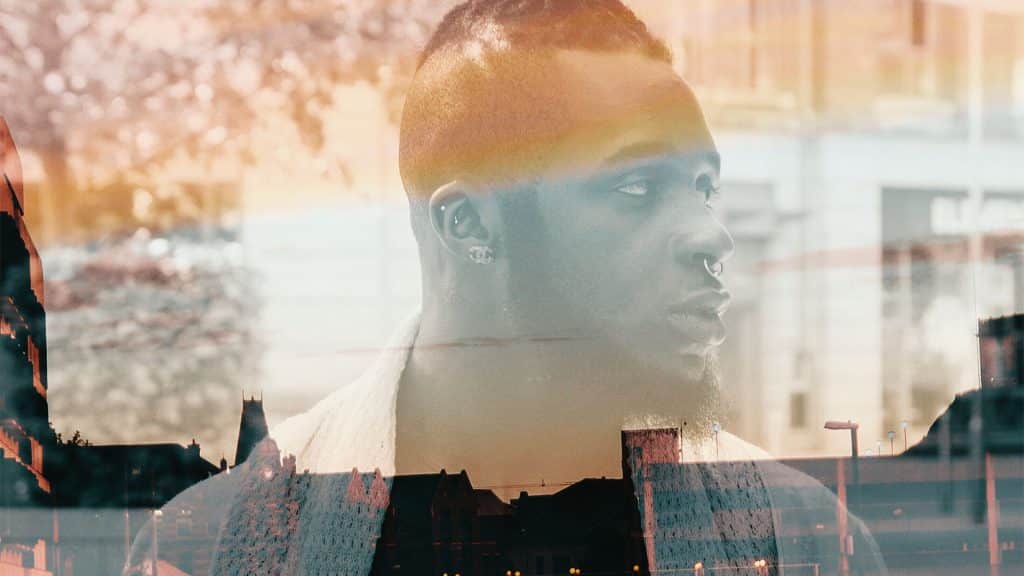
Some techniques you can use
One of the most common photo editing techniques for fine art photography involves using specific tools in Photoshop or another image editor to lighten or darken specific areas of the image.
You can use it to create a sense of depth and atmosphere, or to emphasize certain elements of the composition.
Another common technique is to use a vignette. This is a process of darkening the edges of the image, which can be used to create a sense of drama or focus the viewer’s attention on the center of the image.
There are endless possible techniques when it comes to post-production in fine art photography, and the best way to learn is to experiment and find what works best for you.
There are many tutorials and resources available on the Internet, so don’t be afraid to be creative and experiment with different techniques. The results can be truly stunning.
Basic equipment for Artistic Photography.
There are many pieces of equipment you can use to make your artistic photos, however, there are some that should never be missing:
- Undoubtedly, the most important is the camera. We use this to take the photos or videos we have in mind. And there is a wide variety of cameras that can be used for fine art photography, including DSLRs or mirrorless cameras.
- The lenses are also very important, without them we couldn’t take the photo and we use them to create different effects in the photos, like blurring the background or creating a reduced depth of field.
- Tripods and gimbals are also often used in fine art photography to help stabilize the camera and prevent blurry images.
- Finally, while natural lighting is often a very useful and, above all, economical resource, with some reflector or LED spotlight you will achieve very professional artistic photos.
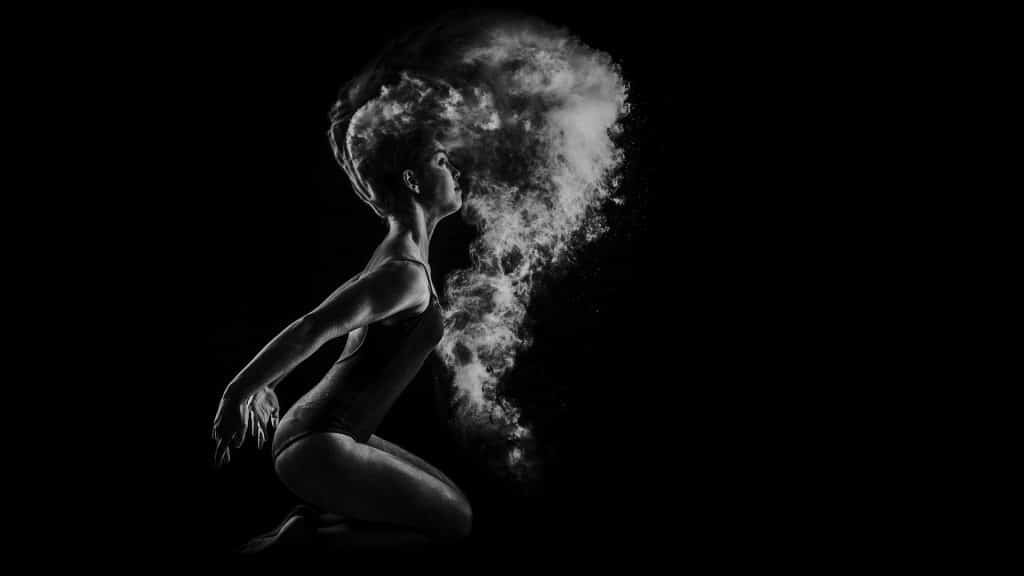
And for you, what factors need to be present for a photograph to be considered art? Let us know in the comments!

